In the realm of manufacturing and design, the demand for precision and customization has given rise to various specialized services. One such service that plays a pivotal role in creating tailored metal components is custom sheet metal fabrication. This process involves the careful manipulation of metal sheets to bring forth a wide array of products, ranging from simple brackets to intricate components used across diverse industries.
Custom sheet metal fabrication services involve the process of transforming raw metal sheets into customized components or products according to specific design requirements. This specialized manufacturing service utilizes various techniques and machinery to cut, shape, and assemble metal sheets into the desired form. The entire process is guided by detailed design specifications provided by the client or collaboratively developed in consultation with the fabrication service.
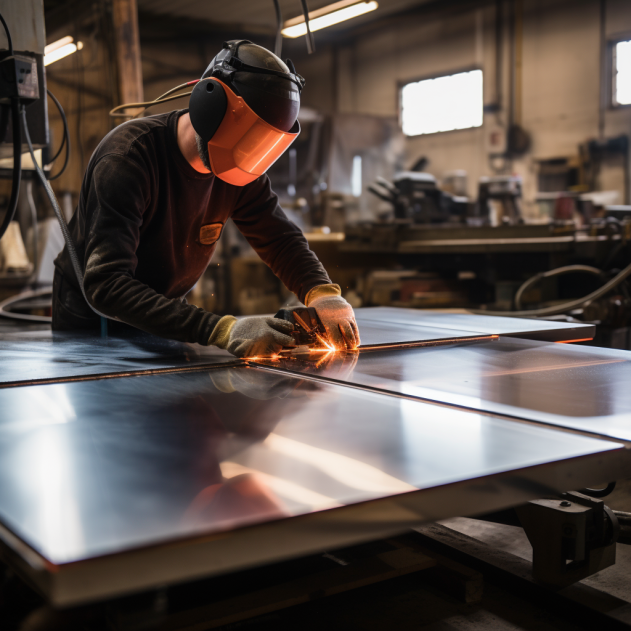
Sheet metal fabrication is a dynamic and indispensable process in manufacturing, contributing to the creation of diverse components and products across industries. The journey from raw metal sheets to precisely crafted components involves several key technologies, each playing a crucial role in shaping, joining, and finishing.
Sheet laser cutting stands at the forefront of precision technology in fabrication. Utilizing a laser beam, this method precisely cuts through metal sheets to create intricate and detailed shapes. Its ability to handle various materials with minimal waste makes it ideal for industries requiring precision, such as aerospace and electronics.
Know More About Sheet Laser Cutting: Sheet Metal Laser Cutting: Precision Unleashed
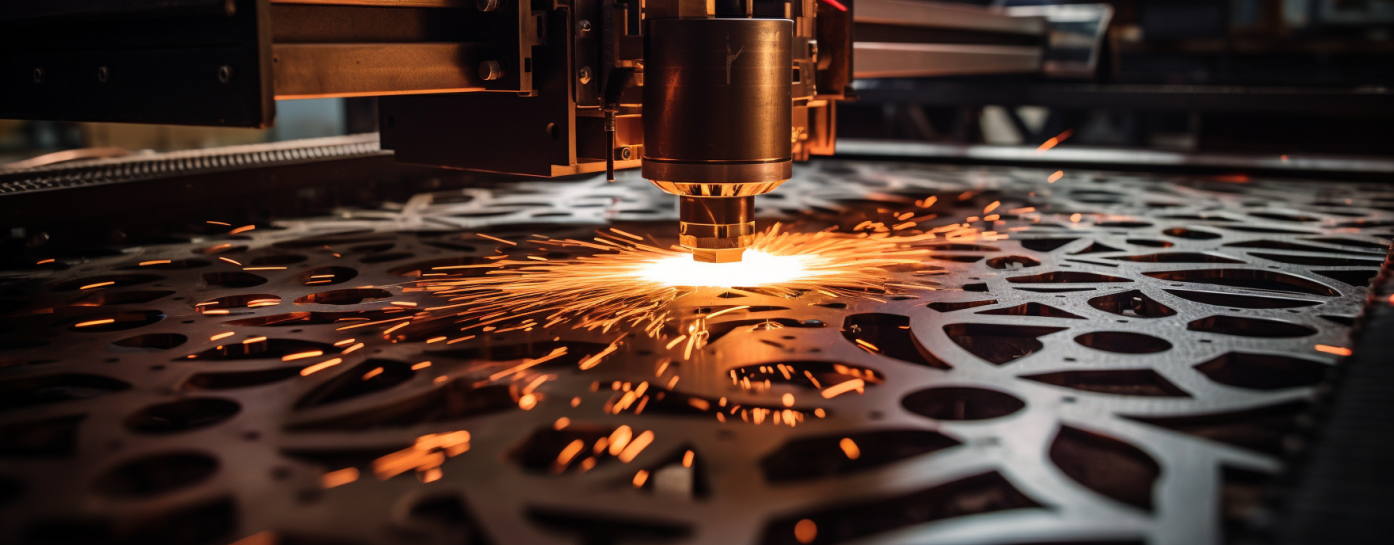
Numerical Control Turret (NCT) punching is a high-speed and precise technology used in sheet metal fabrication. Employing a turret with multiple tool stations, NCT punching efficiently creates holes, shapes, and patterns in metal sheets. This method is especially effective for mass production scenarios where repetitive configurations are needed.
Know More About NCT Punching: NCT Punching: Precision Perforation in Sheet Metal Fabrication
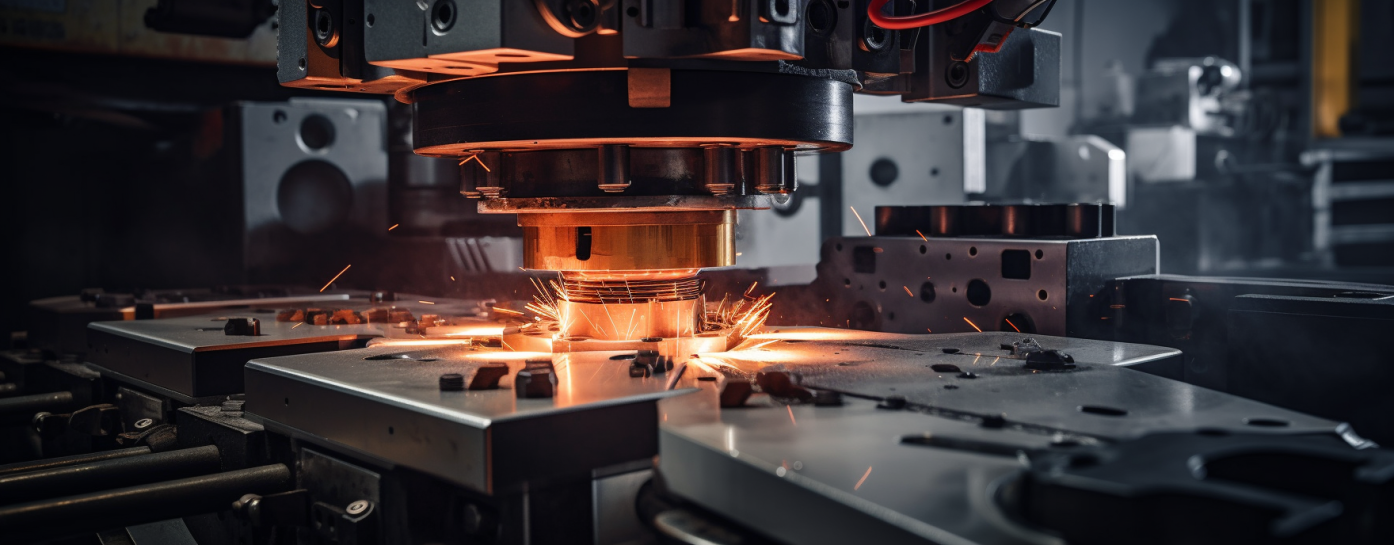
Sheet metal stamping involves the pressing of a die onto a metal sheet, shaping it into specific forms or patterns. This technology is instrumental in mass production, producing uniform components efficiently. The automotive industry often relies on stamping to create consistent and reliable parts.
Know More About Sheet Metal Stamping: Sheet Metal Stamping: Shaping the Future of Precision Manufacturing
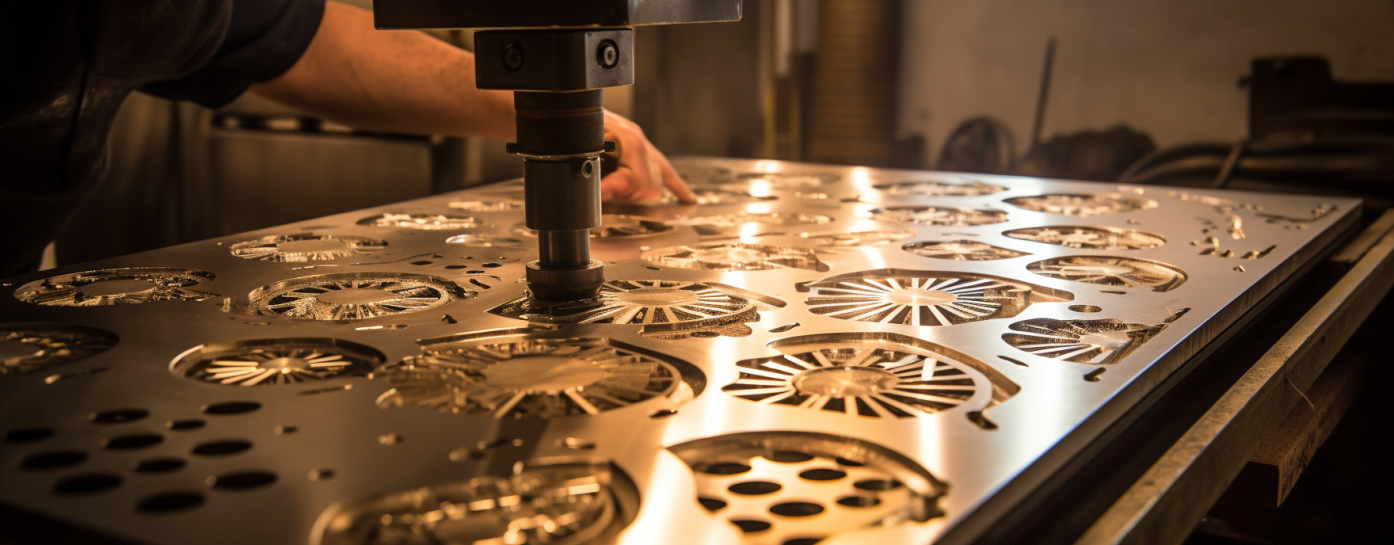
Bending is a critical process in sheet metal fabrication, transforming flat metal sheets into three-dimensional shapes. Press brakes or bending tools are used to deform the metal to achieve the desired angles and dimensions. This step is crucial for producing components such as brackets, panels, and enclosures.
Know More About Sheet Metal Bending: Sheet Metal Bending: The Art and Precision of Forming
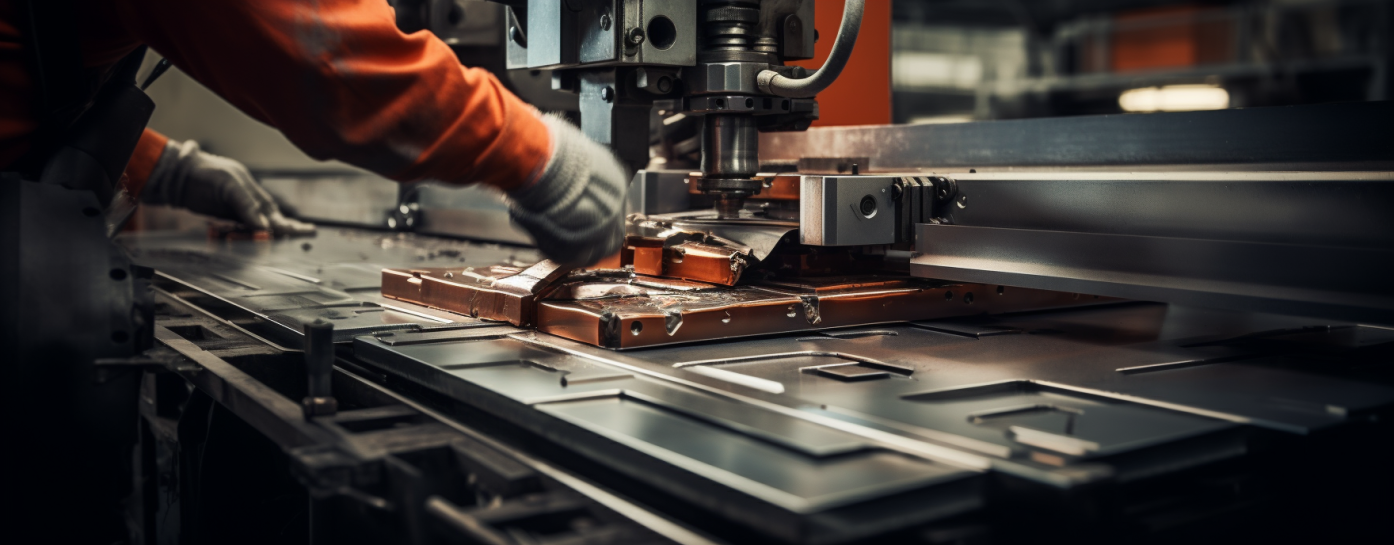
Welding is the art of joining metal pieces to create a cohesive structure. In sheet metal fabrication, various welding techniques, such as MIG or TIG welding, are employed based on the material and specific project requirements. Welding is integral to the assembly process, providing strength and stability to the final product.
Know More About Sheet Metal Welding: Sheet Metal Welding: Fusing Strength and Precision
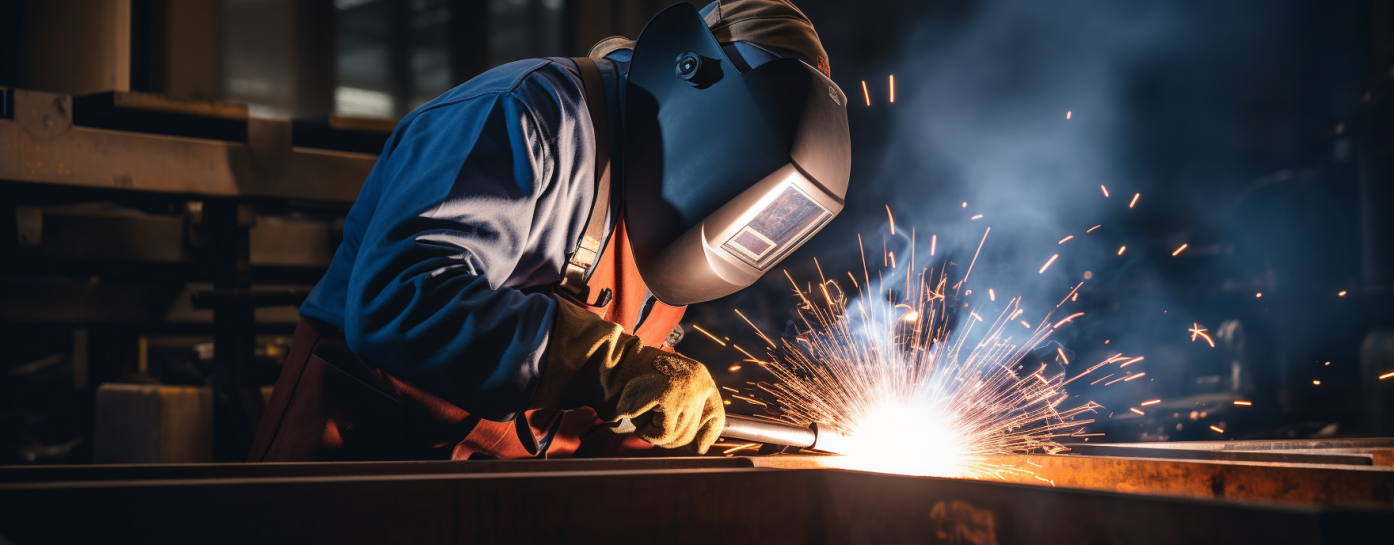
Polishing adds the finishing touch to sheet metal components, enhancing their appearance and surface quality. Depending on the metal type and desired finish, polishing techniques range from basic smoothing to achieving a reflective shine. This step is especially significant in industries where aesthetics are paramount, such as architecture and design.
Pressure riveting is a method of joining metal sheets using rivets. Rivets are inserted into pre-drilled holes, and pressure is applied to deform the rivet, creating a secure and permanent connection. This technique is valuable in situations where welding is impractical or for applications requiring a lightweight yet robust connection.
As one of the most seasoned Sheet Metal Fabrication manufacturers in the industry, HSJ brings a wealth of expertise to the table, offering a comprehensive suite of services tailored to meet diverse needs. From the intricate precision of sheet metal laser cutting to the artful craftsmanship of sheet metal bending, stamping, and welding, HSJ Fabrication stands as a reliable partner for those seeking top-notch custom sheet metal solutions. With a commitment to quality and a reputation for excellence, HSJ is poised to deliver tailored fabrication services that meet the highest standards of accuracy and durability, ensuring customer satisfaction at every step of the manufacturing process.
In the intricate world of sheet metal fabrication, achieving not just structural integrity but also a flawless finish is imperative. Surface treatments play a pivotal role in enhancing the aesthetics, durability, and corrosion resistance of fabricated metal components. Among the myriad surface treatment methods, powder coating, anodizing, and electroplating stand out as key techniques that elevate sheet metal products to new levels of excellence.
Powder coating is a widely adopted surface treatment known for its durability and versatility. This method involves applying a dry powder to the metal surface, which is then heated to form a tough, protective layer. The result is not only a visually appealing finish but also enhanced resistance to corrosion, chemicals, and UV rays. The powder coating process allows for a spectrum of colors and finishes, providing both aesthetic customization and robust protection.
Anodizing is a specialized surface treatment primarily applied to aluminum components. This electrochemical process thickens the natural oxide layer on the metal's surface, enhancing its corrosion resistance and durability. Anodized aluminum surfaces are not only more resilient but also gain an attractive, uniform appearance. The process can be further customized with different color options, making anodizing a favored choice in industries where both aesthetics and durability are crucial, such as in automotive and aerospace applications.
Electroplating is a technique that involves depositing a thin layer of metal onto the surface of a substrate, often enhancing its appearance, conductivity, or corrosion resistance. In sheet metal fabrication, electroplating is commonly used with materials like steel or brass. This process can deliver a range of finishes, including chrome, nickel, zinc, and gold. Beyond aesthetics, electroplating provides an added layer of protection against environmental elements, extending the lifespan of the metal components.
The selection of the most suitable surface treatment depends on the intended application, material type, and desired characteristics. Powder coating, with its versatility and aesthetic options, is often chosen for components requiring a durable and visually appealing finish. Anodizing, particularly for aluminum, provides excellent corrosion resistance and a uniform appearance. Electroplating, on the other hand, is favored for applications where enhanced conductivity, corrosion resistance, or a specific visual effect is desired.
Sheet metal fabrication is a transformative and intricate process that brings raw metal sheets to life, creating a multitude of components that form the backbone of industries ranging from aerospace to automotive, construction to electronics. This multifaceted journey involves a series of steps, each contributing to the precision and quality of the final product.
1. Design and Planning: The Blueprint of Precision
The process begins with meticulous design and planning. Engineers and designers work collaboratively to translate concepts into detailed blueprints. Computer-Aided Design (CAD) software plays a crucial role in this phase, allowing for precise virtual models that serve as the roadmap for the fabrication journey.
2. Material Selection: Choosing the Foundation
The choice of material is a critical decision that impacts the functionality, durability, and aesthetics of the final product. Common materials include steel, aluminum, copper, and alloys. Factors such as strength, corrosion resistance, and weight considerations guide this selection process.
3. Cutting Techniques: Precision in Every Incision
Cutting is a fundamental step in sheet metal fabrication, where the raw sheets are transformed into specific shapes. Advanced technologies such as sheet metal laser cutting, NCT (Numerical Control Turret) punching, and stamping offer precise and efficient methods to cut through the metal, shaping it according to the design specifications.
4. Bending and Forming: Sculpting Three-Dimensional Excellence
Bending and forming bring flat metal sheets to life, transforming them into three-dimensional components. Press brakes or bending tools are employed to deform the metal with accuracy, creating angles, curves, and contours according to the design requirements. This step is crucial for crafting components like brackets, enclosures, and panels.
5. Assembly: The Art of Precision Integration
Assembly is where individual components come together to form a unified whole. Skilled technicians use welding, fastening, or pressure riveting to join the pieces with precision. This phase demands meticulous attention to detail, ensuring that each connection is secure and aligned, contributing to the structural integrity of the final product.
6. Finishing: Enhancing Aesthetics and Protection
Finishing touches elevate the visual appeal and protection of fabricated components. Techniques such as polishing, grinding, and deburring smooth out rough edges and imperfections. Surface treatments, including powder coating, anodizing, and electroplating, provide not only aesthetic enhancements but also essential protection against corrosion and environmental factors.
7. Testing: Ensuring Quality and Reliability
Rigorous testing is a critical phase in the sheet metal fabrication process. Components undergo a battery of tests to assess structural integrity, functionality, and adherence to design specifications. This step is essential for ensuring that the fabricated parts will perform reliably in real-world applications.
8. Packaging: Safeguarding Precision for Transit
The final step before components reach their destination is packaging. Beyond mere containment, the packaging is designed to safeguard the precision achieved throughout the fabrication process. Proper labeling, protective measures, and considerations for efficient handling during transit ensure that the components arrive at their destination in optimal condition.
Aluminum: Widely utilized in automotive parts, electrical devices, and cooking vessels, aluminum boasts a favorable strength-to-weight ratio and high conductivity.
Aluminized Steel: Combining carbon steel's strength with aluminum's corrosion resistance, aluminized steel finds application in high-temperature environments, such as kitchen appliances.
Carbon Steel: Commonly found in industrial and consumer products, carbon steel, an alloy containing carbon, undergoes heat treatment to enhance hardness and strength.
Copper: Employed in sinks, roofs, rain gutters, and doors, copper offers superior electrical and thermal conductivity, albeit at a potentially higher cost than aluminum.
Galvanized Steel: Used for automobile bodies, water pipes, fences, roofs, and staircases, galvanized steel undergoes a hot-dipping process with zinc to enhance corrosion resistance.
High-Strength Steel: Military armor plates are often crafted from high-strength steel, achieved by alloying with elements like carbon, manganese, and copper for improved hardness.
Stainless Steel: Ideal for kitchen vessels, storage tanks, and food processing machinery, stainless steel stands out for its corrosion resistance, fire and heat resistance, strength-to-weight ratio, and manufacturability.
Titanium: Commonly found in aviation parts, medical equipment, and construction elements, titanium's appeal lies in its high strength-to-weight ratio, corrosion resistance, and recyclability.
Custom Sheet Metal Fabrication Services offer a myriad of advantages, empowering industries with tailored solutions that seamlessly align with specific requirements.
1. Precision and Accuracy:
Tailored Solutions: Custom fabrication ensures that every component is designed and crafted to precise specifications, meeting the unique needs of a project.
Advanced Technologies: Utilization of cutting-edge technologies such as laser cutting and CNC machining guarantees high precision, allowing for intricate designs and tight tolerances.
2. Versatility in Design:
Infinite Possibilities: Custom fabrication liberates design possibilities, enabling the creation of components with diverse shapes, sizes, and functionalities.
Complex Geometries: The process accommodates the production of components with intricate geometries, fostering innovation in product development.
3. Material Flexibility:
Optimized Material Selection: Custom fabrication allows for the selection of materials tailored to specific applications, optimizing strength, weight, and corrosion resistance.
Versatile Material Processing: Whether it's steel, aluminum, copper, or alloys, custom fabrication processes can be adapted to a wide range of materials.
4. Cost-Effective Production:
Efficient Material Usage: Precision cutting and shaping minimize material waste, contributing to cost-effectiveness in production.
Streamlined Processes: Custom fabrication streamlines the manufacturing workflow, reducing the need for excessive tooling changes and minimizing production delays.
5. Rapid Prototyping:
Accelerated Development: Custom fabrication services facilitate rapid prototyping, allowing for quick iterations and adjustments in the design and functionality of components.
Time and Cost Savings: Faster prototyping translates to reduced development cycles, saving both time and costs in the product development phase.
6. Quality Assurance:
Rigorous Testing: Custom fabrication often includes stringent quality control measures, ensuring that each component meets or exceeds industry standards.
Consistent Quality: With precise design specifications and advanced fabrication techniques, custom services contribute to the consistent production of high-quality components.
7. Integration of Advanced Technologies:
Automation and CNC Machining: Integration of automation and CNC (Computer Numerical Control) machining enhances efficiency, accuracy, and repeatability in the fabrication process.
Digital Design Integration: Custom fabrication seamlessly integrates with digital design tools, enabling efficient communication between design specifications and the fabrication process.
8. Adaptability to Industry Needs:
Industry-Specific Solutions: Custom sheet metal fabrication caters to the specific needs of diverse industries, from aerospace and automotive to electronics and architecture.
Compliance and Standards: Fabrication services can be tailored to adhere to industry-specific regulations, standards, and certifications.
At HSJ Fabrication, we stand as pioneers in the realm of sheet metal fabrication, bringing decades of expertise to the forefront of precision manufacturing. As one of the most experienced manufacturers in the industry, we specialize in providing a comprehensive suite of services that cater to diverse needs. Our offerings encompass the entire spectrum of sheet metal fabrication, from the intricacy of laser cutting to the artful craftsmanship of bending, stamping, and welding.
For those seeking sheet metal fabrication services that go beyond the ordinary, HSJ Fabrication is your trusted partner. We invite innovators, engineers, and industries in need of custom solutions to reach out and experience the excellence that defines our craftsmanship.
Click and get more information About Us. If you are in need of sheet metal fabrication services that go beyond the ordinary, Contact US now and send us your design.